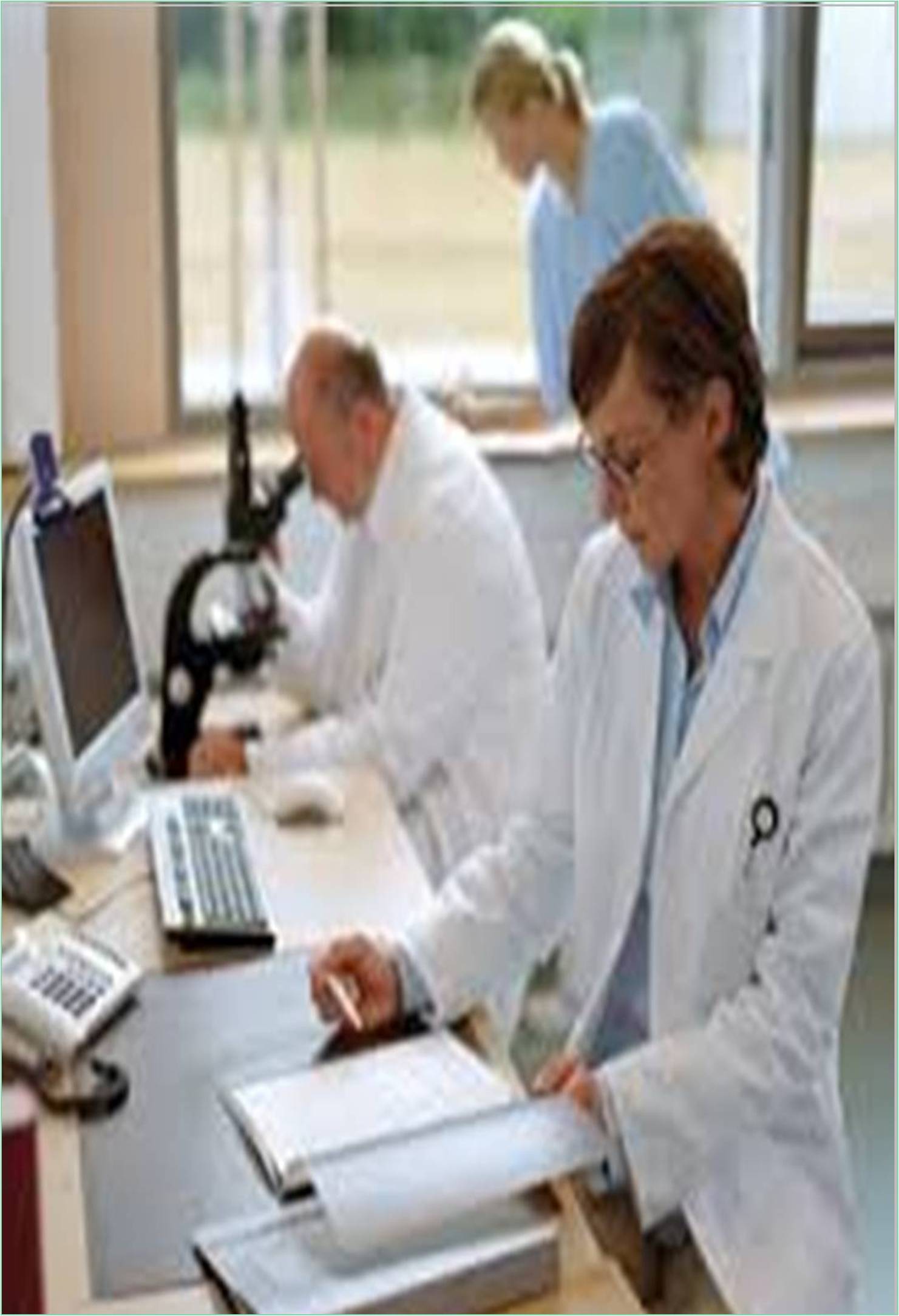



Received: 25-Jul-2022, Manuscript No. MCSCR-22-61019; Editor assigned: 28-Jul-2022, Pre QC No. MCSCR-22-61019(PQ); Reviewed: 11-Aug-2022, QC No. MCSCR-22-61019; Revised: 18-Aug-2022, Manuscript No. MCSCR-22-61019(R); Published: 25-Aug-2022, DOI: 10.15651/MCSCR.22.10.037
Coronavirus is a common virus that causes infections in the nose, sinuses, or upper throat. Most coronaviruses are not dangerous. In early 2020, after the December 2019 outbreak in China, the World Health Organization identified SARS-CoV-2 as a new type of coronavirus. The outbreak quickly spread around the world. COVID-19 is a disease caused by SARS-CoV-2 that can cause a respiratory infection. It can affect the upper respiratory tract (sinuses, nose, and throat) or lower respiratory tract (trachea and lungs). It spreads like any other coronavirus, primarily through personal contact. Infectious diseases range from mild to fatal. SARS-CoV-2 is one of seven coronaviruses, including those that cause serious illnesses such as Middle East Respiratory Syndrome (MERS) and Sudden Acute Respiratory Syndrome (SARS). Other coronaviruses cause most of the colds that affect us throughout the year, but do not pose a serious threat to otherwise healthy people.
Causes
Severe Acute Respiratory Syndrome Coronavirus-2 or SARS-CoV-2 infection causes coronavirus disease 2019 (COVID-19). The virus that causes COVID-19 spreads easily among people. Data show that the COVID-19 virus spreads from person to person, primarily during close contact (within about 6 feet or 2 meters). The virus spreads through respiratory droplets released when a person carrying the virus coughs, sneezes, breathes, sings, or speaks. These droplets can be inhaled or get into the mouth, nose, or eyes of nearby people. The COVID-19 virus can spread when a person is exposed to very small droplets or aerosols that remain airborne for minutes or hours. This is known as an airborne infection. Touching the surface to which the virus has adhered and then touching the mouth, nose, or eyes can also spread the virus, but the risk is low.
COVID-19 Virus may spread from people with infection but having no symptoms is called asymptomatic transmission. It is possible to obtain COVID-19 more than once, but it is rare. If a virus has one or more new mutations, it is called a variant of the original virus. Currently, the CDC has identified two variants of the virus that cause COVID-19 as concerns. These include the delta variant (B.1.617.2) and the omicron variant (B. 1.1.529). Delta variants are more contagious than previous variants and can cause more serious illness. Omicron variants spread more easily than other variants, including Delta. However, omicron seems to cause less vigorous disease.
Symptoms
People with COVID 19 have been reported to have a variety of symptoms, from mild to severe illness. Symptoms can appear 214 days after exposure to the virus. Anyone can have mild to severe symptoms. People may have COVID-19 with these symptoms: fever or cold, cough, shortness of breath, fatigue, muscle or body pain, headache, loss of new taste or odor, sore throat, stuffy or runny nose, nausea or vomiting, diarrhea.
This list does not include all possible symptoms. The CDC will continue to update this list as it learns more about COVID-19. Elderly people and people with serious underlying illnesses such as heart and lung disease and diabetes appear to be at increased risk of developing more serious complications from COVID-19 disease. The most common way for the disease to spread is through close contact with an infected person. Close contact is within about 6 feet. The disease is mostly transmitted when a person's symptoms are in peak. However, asymptomatic people can spread the virus. According to a new study 10% of infections come from asymptomatic people.
Prevention
COVID-19 Vaccine can protect you and others around you from getting very ill from COVID-19. Wearing the mask of well-fitting is very effective to prevent the spread of the virus. Each mask provides protection but if possible, it encourages more high quality mask (KN95, KF94 or N95). Even if you are wearing a mask, yet avoid sick people and also be careful in crowds. Stay at home when you are ill and talk to your doctor who will be tested. Cover your cough with tissue or cough in the upper body or elbow, but not into your hand. Before eating and after eating, after blowing and sneezing nose, especially after going to the bathroom, wash your hands properly with soap and water for nearly 20 seconds. If soap and water are not readily available use an alcoholbased manual disinfectant with at least 60% alcohol. Don't touch your mouth, nose and your eyes. It is important to know that COVID-19 is new and research still persists. There may be other ways where new coronaviruses can spread.
If you have been infected with COVID-19 are completely vaccinated and have no symptoms, you do not need to be quarantined, but you should be tested within 5 days or if symptoms persists. If you test positive for COVID-19 or if you have been exposed to a person infected with COVID-19 and have not been completely vaccinated with COVID-19, you will need to stay at home for 5 days away from others and then wear a mask for 5 days. As a precautionary measure, you should avoid traveling and contact with people at risk. Keep in mind that local governments may set quarantine requirements for different states or counties. Shortening the quarantine period is not an option in all areas. If quarantine is required, all local requirements and recommendations must be followed.